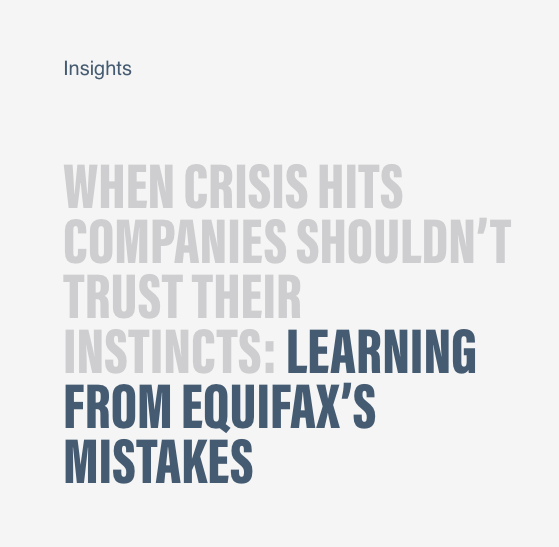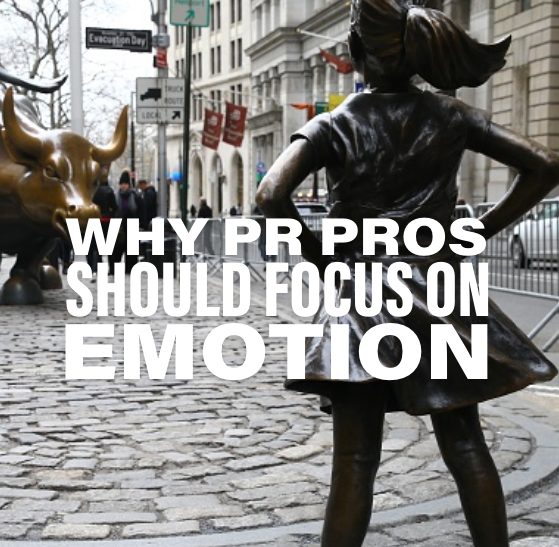3 Key Aspects of Developing and Testing Your Message

Jaime Hodges, PhD

Lee Carter
President maslansky + partners
Language impacts how we view the world around us, the products we choose, and how we view companies. With attention spans getting shorter and shorter and mindshare getting more and more crowded, the words we choose can make or break an opportunity to connect with your target audience. Communicate the right way and you can create a champion. Communicate the wrong way and you can be tuned out entirely. In today’s multi-media, fast paced world every word counts. We need to put as much discipline and rigor in to the words we choose as the creative we put in front of folks.
And yet, we often don’t. Message testing is typically reduced to ratings and rankings which generate a list of preferences often with negligible differences between them. Sure, we can employ approaches like A/B or multivariate-automated testing for digital content, and for more traditional medium testing, techniques like Maximum Differential Scaling (MaxDiff) and Total Unduplicated Reach and Frequency (TURF) may extract a bit more insight, but there is much more that should go into creating, defining, and validating the most effective message.
Whether you are looking to improve reputation, navigate a crisis, differentiate a product or brand, simplify the complex or simply speak the language of your customer, there are a few key aspects of your message development and testing process that are either missing or worth revisiting.
1. Craft messages using part art and part science
This is all about one word: Framing.
Based in cognitive linguistics, “frames” represent a range of discrete ways you can shape how people perceive something in order to achieve a specific goal. The most common example of a frame is of a glass half empty versus a glass half full. But, in reality, the possibilities of how you can talk about the water in the glass are endless – 100 mL of water, enough water to refresh you, less water than yesterday, zero poison. It all depends on what you are really trying to get your audience to hear.
Framing is best exemplified in political debates. Whoever defines the terms wins the argument. For us, framing isn’t about trying to convince someone of something but, instead, about redefining what the debate is actually about. Good frames change the debate. Consumer decisions are often based in cognitive biases, emotions, social influences and are less deliberative (dare I see less rational) than we would like to believe. Knowing what factors are at play helps to guide the framing behind message development.
Writing is certainly an art-form. But as we say in research: garbage in, garbage out. Informing the message creation process with behavioral science, behavioral economics and linguistic principles provides a more rigorous framework for message development and allows us to more purposely test the guard rails of a particular message.
2. Test from the top, down not bottom, up
Traditional messaging testing typically focuses on the nuts and bolts instead of the bigger picture. The theory is that by making a big assumption, the whole will be greater than the sum of its parts. We know from behavioral science that it’s not always what you say, it’s what they hear. What people hear is filtered by their personal experiences and cognitive biases. Most message testing results are relative – Message A is better than Message B which is better than Message C. But copying and pasting your relatively top performing messages into collateral does not necessarily equal success. Making sure individual statements and claims actually ladder up to something intended and meaningful should, therefore, logically be built into any message testing approach.
Testing overarching narratives or speeches provides us the best of both worlds. We assess if the overall story is persuasive, and then diagnose which elements enhance the story versus those that detract from it.
3. Invest in the why’s
The biggest missing component clients that share with us about their previously conducted messaging research is understanding the why of their messaging performance. Even more “real-world” tests, like A/B or advanced multivariate, automated messaging tests, leave a lot of unanswered questions. Testing to simply find a “winning” message is short-sighted.
Capturing the right diagnostic data and analyzing such data through the lenses of behavioral science, behavioral economics and linguist principles are key in distilling why one message may over- or under-perform another. And these insights not only help optimize a winning message but also provide the foundation from which better future communications can be built – a gift that keeps on giving.
Giving messaging the time and attention it deserves at both the developmental and evaluative phases can have a major impact on outcomes. To get the message right the first time. We have seen it in action time and time again. Understanding not just what to say, but how to say it, and why provides the strategic principles that informs communication efforts – and should always be the goal of every messaging initiative; nothing less.
To learn more about Jaime and her work, visit: https://maslansky.com/2022/02/10/maslansky-partners-hires-jaime-hodges/
To learn more about core visual aid development and optimization, visit https://maslansky.com/core-visual-aid-testing/.
To learn more about Persuasive Strength™, visit https://maslansky.com/persuasive-strength/.







